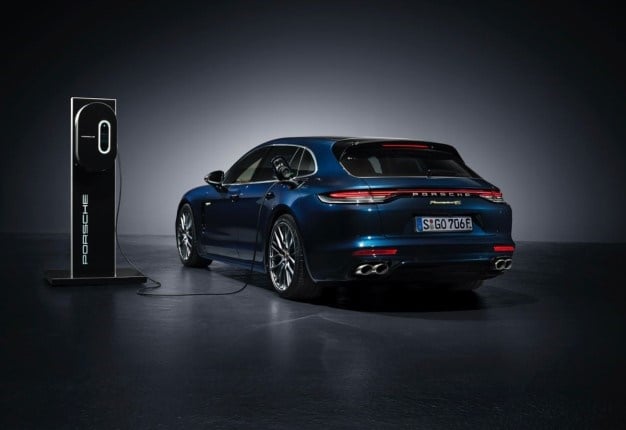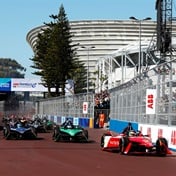
• Latest e-hybrid system in the Panamera 4S moves the goalposts further ahead in the performance car world.
• 412kW paves the way for outrageous acceleration to 100km/h from standstill in 3.7 seconds.
• The larger battery capacity allows for a longer range in electric-only mode.
Porsche says their latest Panamera is 'comprehensively revamped' and that it seeks to combine the performance of a sports car with the comfort of a an executive saloon.
This rings true for one model in particular in the saloon car's range: the 4S E-Hybrid. Due to arrive at the beginning of 2021, this particular model will cost R2 529 000.
The plug-in hybrid has a new drive system with a total system output of 412kW. The all-electric range has been boosted by up to 30% compared to the carmaker's other hybrid models and it features enhanced chassis components and control systems together with new-generation steering control and tyres.
Let's be clear, this is a performance car that uses a hybrid system that uses a 100kW electric motor integrated into the eight-speed dual-clutch PDK transmission and the 2.9-litre V6 biturbo engine with 324kW. As mentioned total system output is 412kW and 750Nm.
Boasting high performance figures like that translates to a sprint time of 3.7 seconds to get from 0–100km/h and a top speed of 298km/h. To achieve more range in full electric mode and increased performance figures, the gross battery capacity has been increased from 14.1 to 17.9kWh compared with the previous hybrid models using optimised cells. This was an important goal says Mario Grellman, director of electric and electronics for the new car.
The driving modes have been optimised for even more efficient energy utilisation and boasts an all-electric range of up to 54km. Despite a 30% increase in battery capacity, there has been no compromise to the luggage compartment volume.
Porsche has programmed the 4S E-Hybrid to conserve energy when driving in cross-country situations and retain power to drive in electric-mode in urban areas.
Of course the advancements in the carmaker's e-hybrid strategy by the 918 Spyder, a hybrid supercar, built to showcase the future of performance cars.
The baton was then handed to the Porsche motorsport team with the 919 Hybrid LMP1 racing car. It participated in the World Endurance Championship (WEC) from 2014 to 2017 and was powered by a two-litre V4 turbocharged engine with lithium-ion battery for energy recovery in mid-mounted longitudinal configuration.
The 919 was hugely successful, winning the WEC constructors' and drivers' titles in 2015, 2016 and 2017. The system was put to the test at the world's toughest endurance race: the 24 Hours of Le Man and showed its mettle and longevity.
The 919 Hybrid Evo's brake recuperation technology assisted it in setting a record at the famed Nurburgring race track and cemented the racing car's technological advancements.
Porsche continues to consistently pursue the E-Performance strategy and is extending the range of plug-in hybrids with the new Panamera 4S E-Hybrid. Racing driver Timo Bernhard and other Porsche experts explain the details.
KEEP UPDATED on the latest Wheels news by subscribing to our FREE newsletter.




 Publications
Publications
 Partners
Partners















